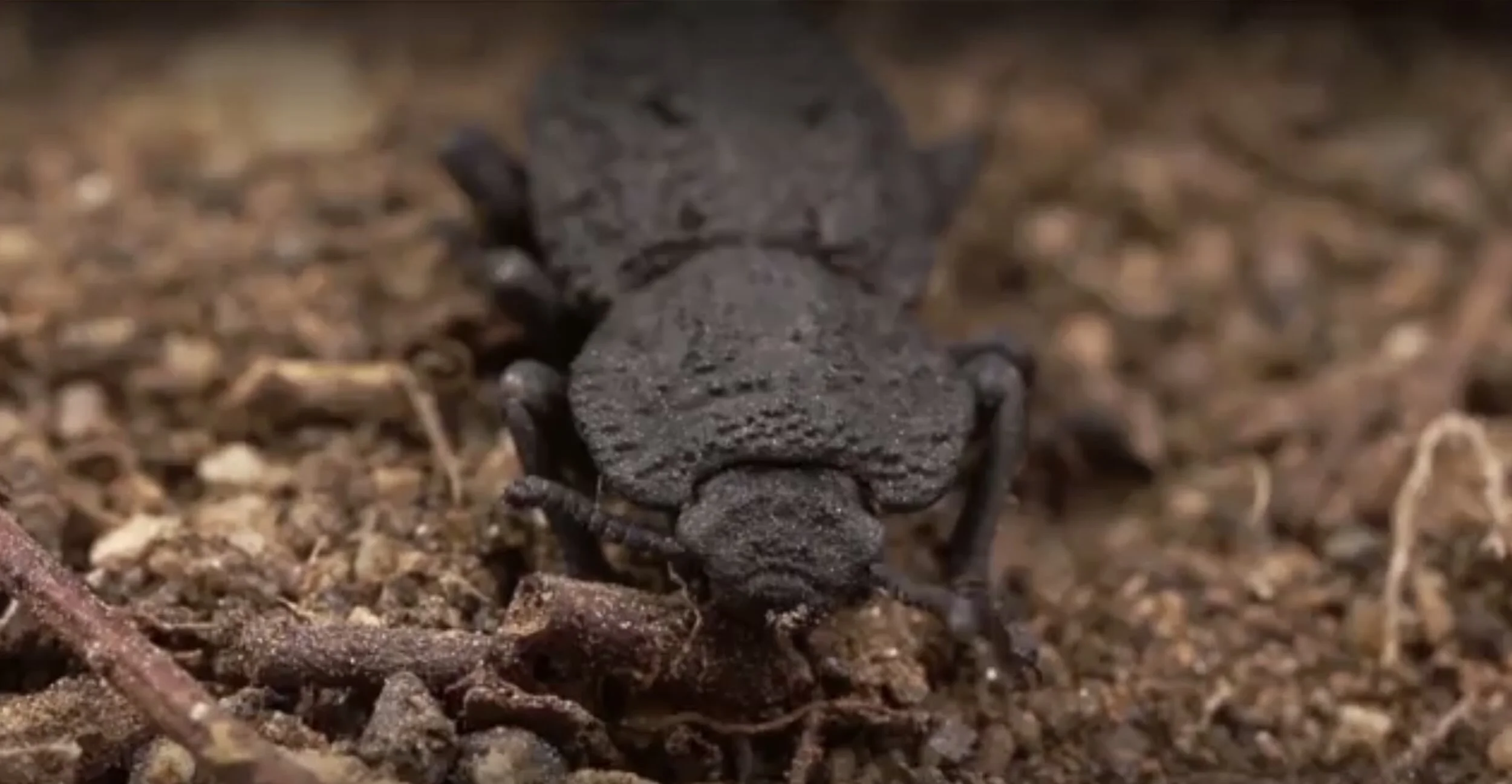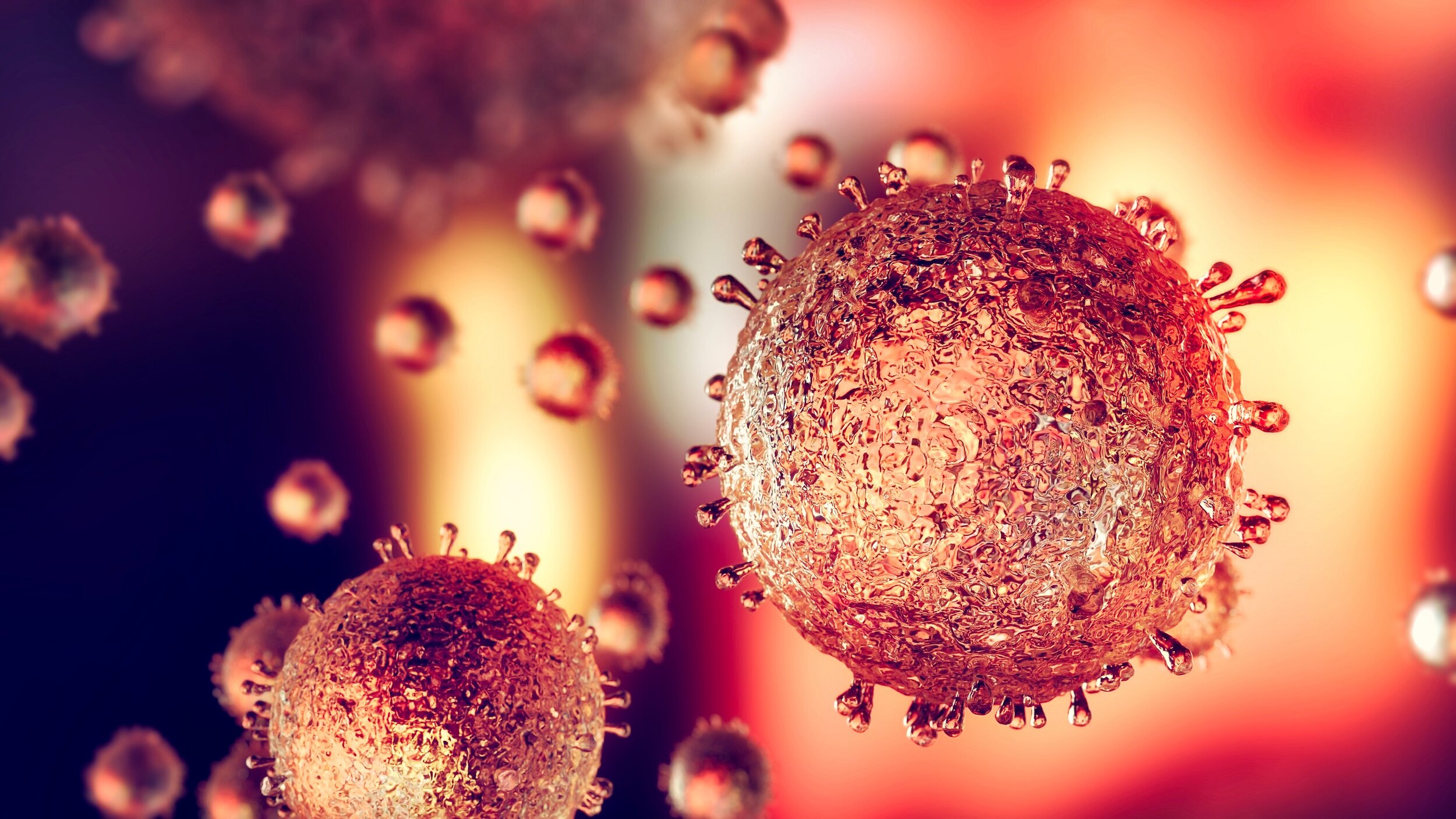It is becoming increasingly clear that the coronavirus can survive outside the body for an extended period of time. What can you do to prevent yourself and others from getting infected?
Comments and suggestions are welcome! Don't hesitate and leave a comment on our comment section down below the article
Image Credit: Zigres via Shutterstock - HDR tune by Universal-Sci
Viruses ordinarily need a human or animal host to survive, however they can often also survive outside the body for a limited amount of time. Researchers from Princeton University, CDC, UCLA and National Institutes of Health have now figured out how long the new coronavirus (SARS-CoV-2, the virus that can cause the disease COVID-19) can survive on surfaces outside the body. Their findings were published in the science journal: The New England Journal of Medicine.
The scientists analyzed the aerosol and surface stability of the new coronavirus, SARS-CoV-2, and compared it with SARS-CoV-1, the closest comparable human coronavirus. The new coronavirus was detectable in aerosols for as long as three hours. It also survived on copper surfaces for up to four hours. In addition, the virus managed to remain stable on cardboard for up to one day, and finally, it survived on stainless steel and plastic surfaces for approximately two to three days.
With these new results, scientists finally have evidence that the virus might be contagious via surfaces as well as the air. The research data was widely distributed during the past weeks as the scientists placed the contents on a preprint server in an attempt to promptly share their results with colleagues.
As mentioned above, the scientists compared the new coronavirus with its closest analog, SARS-CoV-1. SARS-CoV-1 causes the well known SARS disease, which also spread around the world, infecting several thousands of people. The study shows that the two viruses behave in a similar way, which raises the question of why is the new coronavirus so much more contagious?
Regularly cleaning frequently touched surfaces and objects might be helpful - Image Credit: SpeedKingz via Shutterstock - HDR tune by Universal-Sci
A possible explanation could be that people might be spreading the virus before having recognizable symptoms. There is an emerging body of evidence that supports this hypothesis. If it is true, it would mean that disease control measures that were effective against SARS-CoV-1 are less effective against its successor.
What should I do to prevent infection?
The best thing you can do to prevent yourself from getting infected (and infecting others) is still washing your hands with soap. Soap destroys the protective layer (lipid envelope) of the virus, leaving it unable to infect you. Moreover, washing your hands makes them smoother, combined with the mechanical motions of washing, the viruses are flushed away.
On top of that, scientists advise avoiding close contact with people that are sick and to stay at home when you are sick yourself. Avoid touching your nose, eyes, and mouth. Cover your cough or sneeze with a tissue, then throw the tissue in the trash. And finally, disinfect and clean often touched surfaces and objects. You can use a conventional household cleaning wipe or spray to do this.
Sources and further reading: Aerosol and Surface Stability of SARS-CoV-2 as Compared with SARS-CoV-1 / National Institute of Allergy and Infectious Diseases news release / The Coronavirus Explained & What You Should Do / How long do cold and flu viruses stay contagious on public surfaces?
Featured Articles:
If you enjoy our selection of content please consider following Universal-Sci on social media




















